What would it take to get you to save a little more of your hard-earned money? How about automatically setting aside a dollar every time Donald Trump tweeted? Or five bucks each time your favorite sports team loses a match? If unique and atypical motivations are your idea of a savings solution, then savedroid has the app for you.
And this week we learned that the German startup had picked up funding from investment bank Rhineland-Palatinate and a group of angel investors including Debjit Chaudhuri, founder of Traxpay and former Infosys manager. The amount of the funding was not disclosed (Crunchbase reports €20 million) but savedroid says that the company’s total capital, which includes a million euro seed round, now stands at more than $22 million. Company founder Dr. Yassin Hankir says the funds will help “accelerate user growth.”
Founded in 2015, savedroid is headquartered in Frankfurt am Main, Germany. In its demonstration at FinovateSpring 2016, the company introduced the term “smooves” into the PFM lexicon, showing how the savedroid app makes it easy to “turn everyday activities into automated savings.” By using technology to set aside small amounts of money every time a certain event takes place – a combination of positive, negative, and even random incentives – users can improve their personal finances in ways that can improve their overall lifestyle, as well.
The company launched its savings solution in the summer of 2016 and, in February, added an AI-based, savings algorithm to the app. Profiled last fall in Frankfurter Allgemeine, we interviewed savedroid’s Hankir for our recent feature on savings technology.

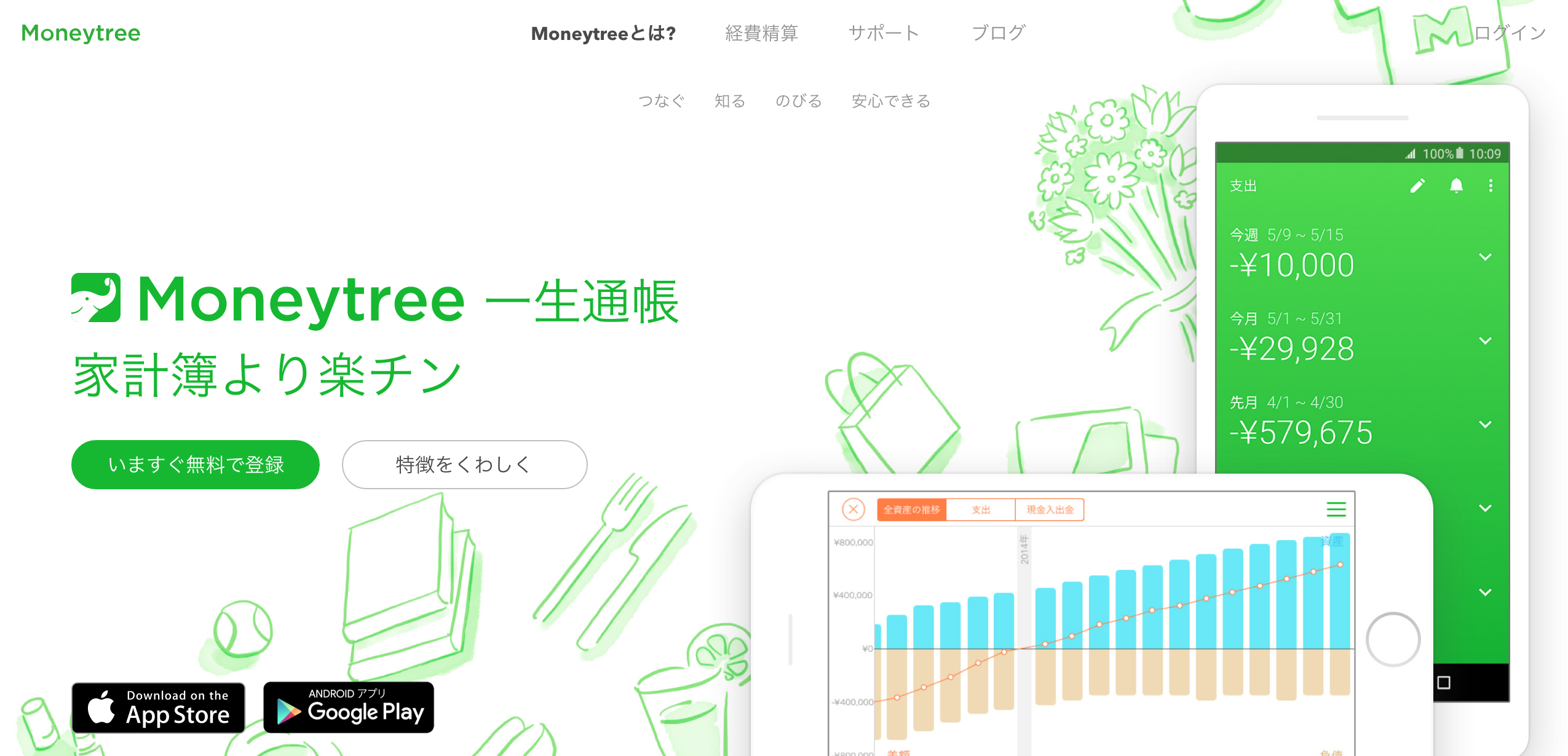

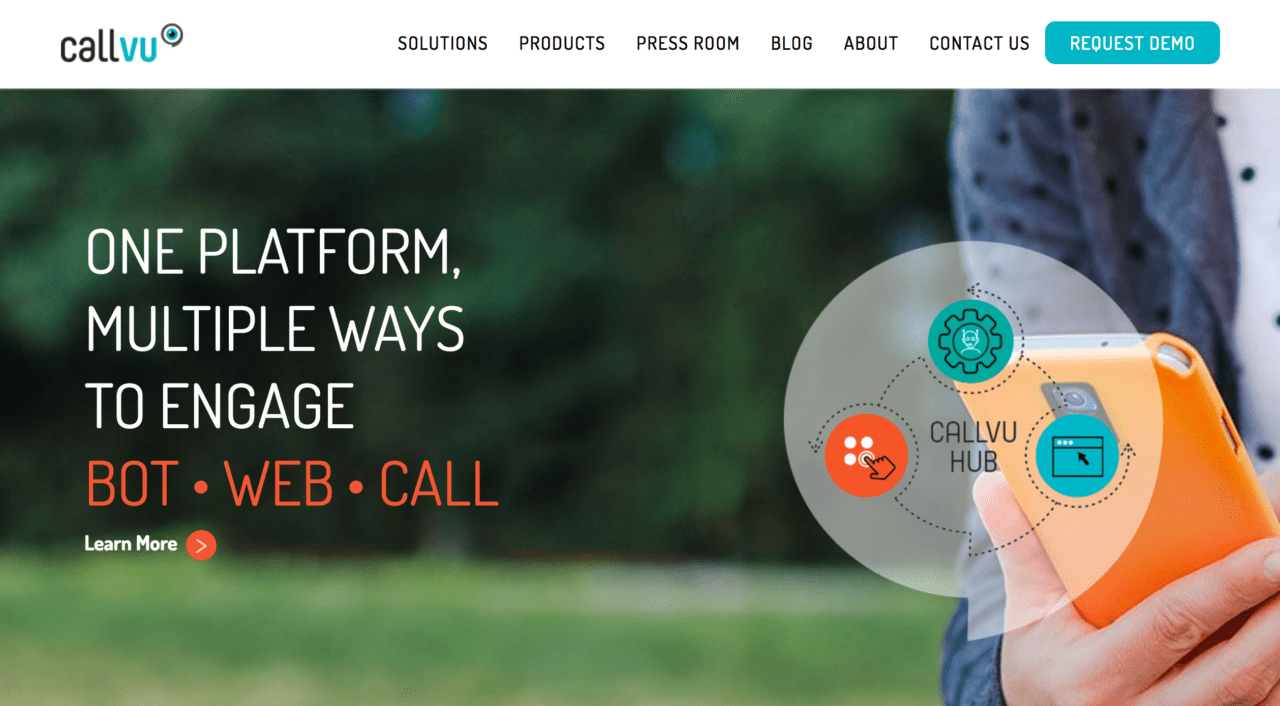

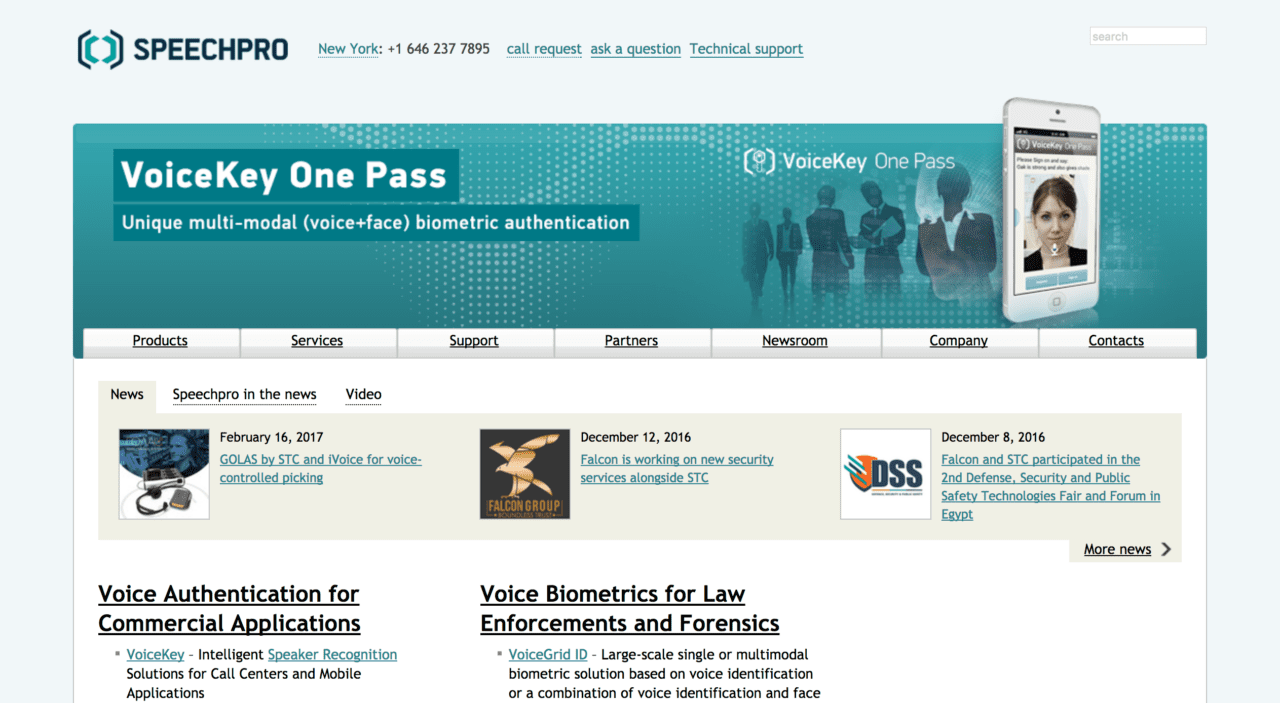





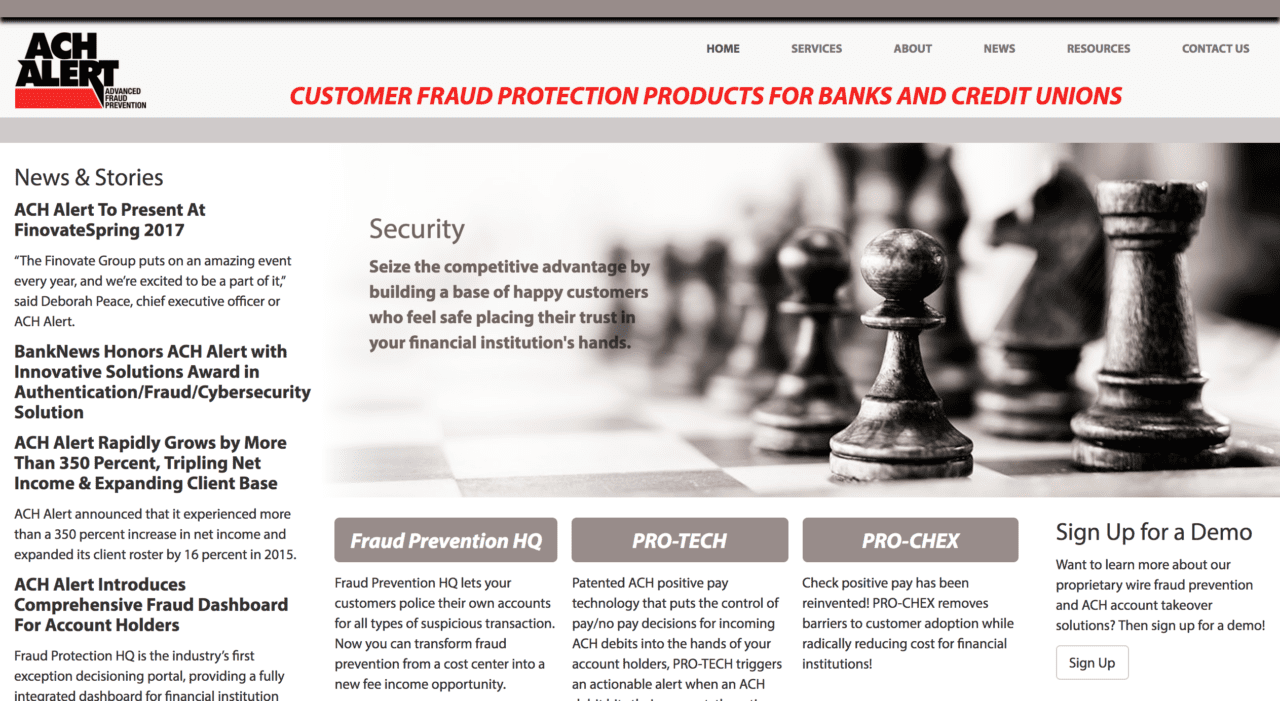


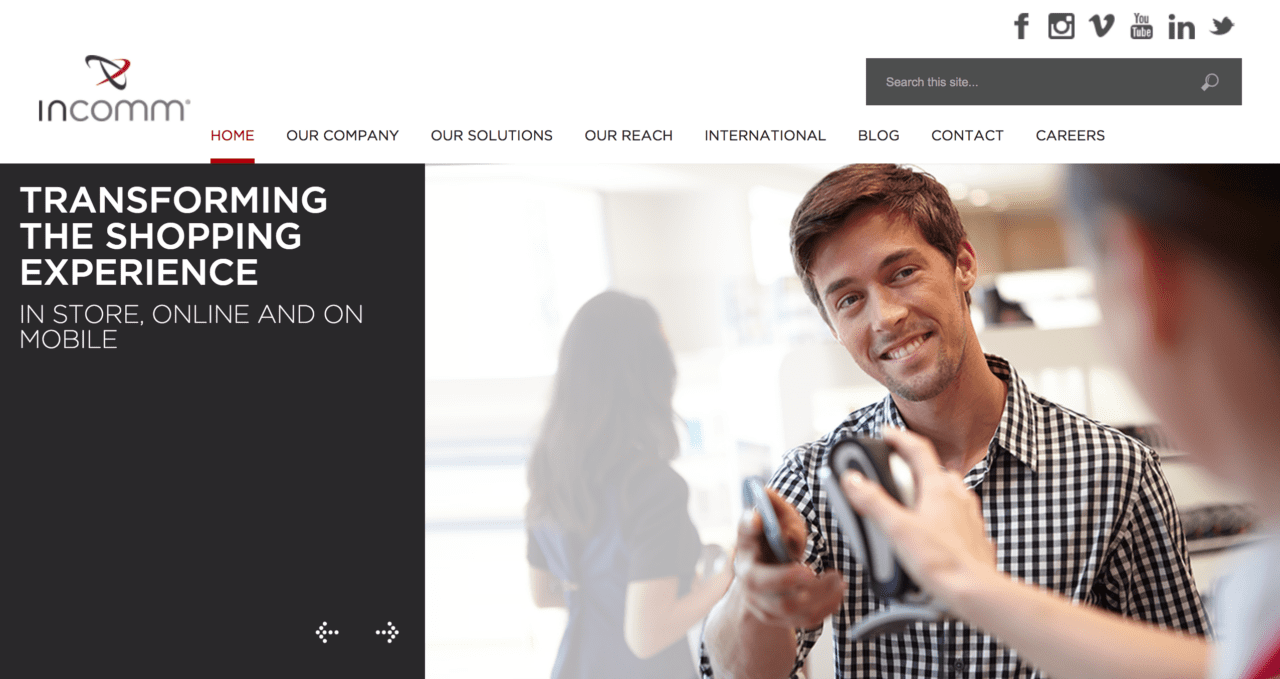
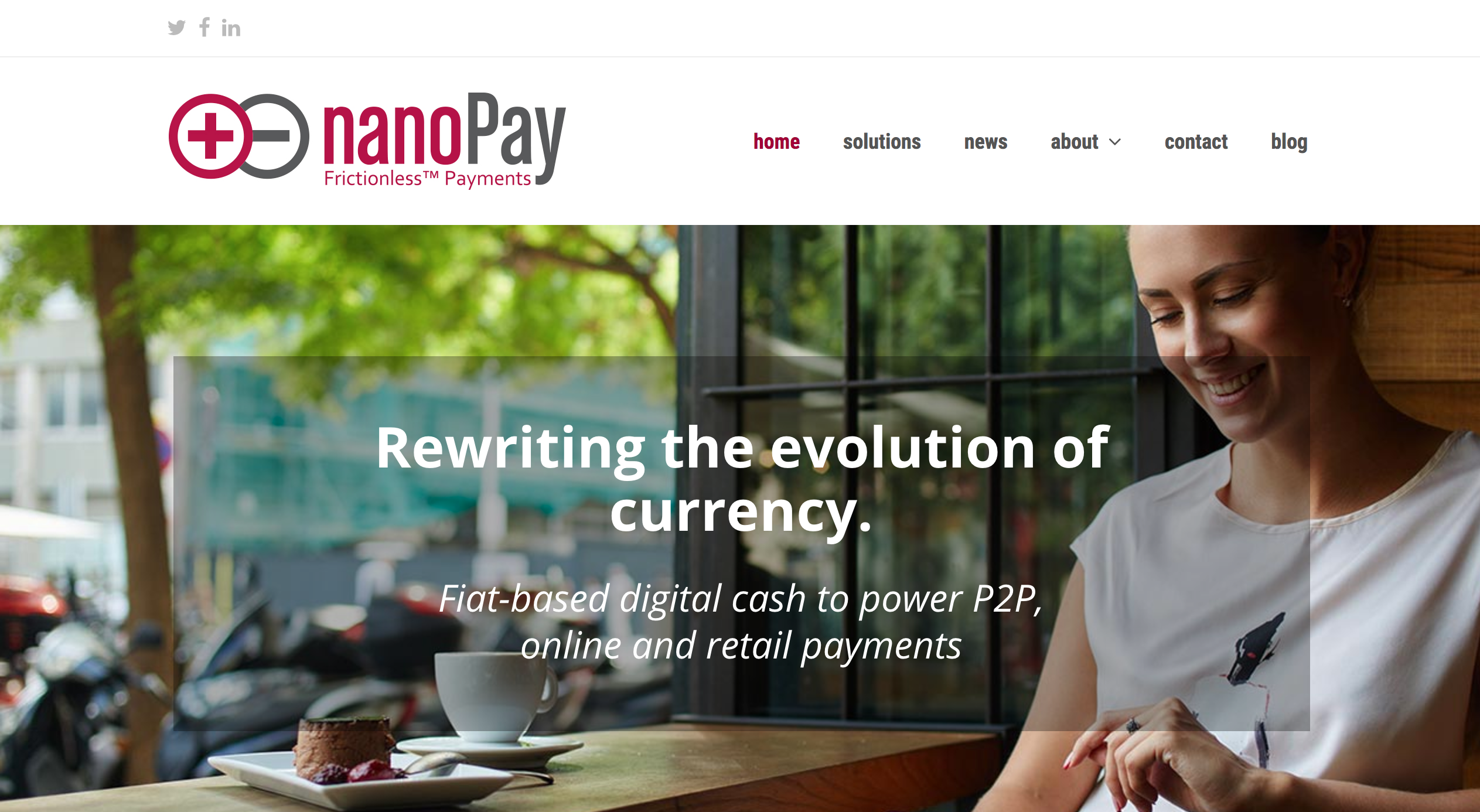


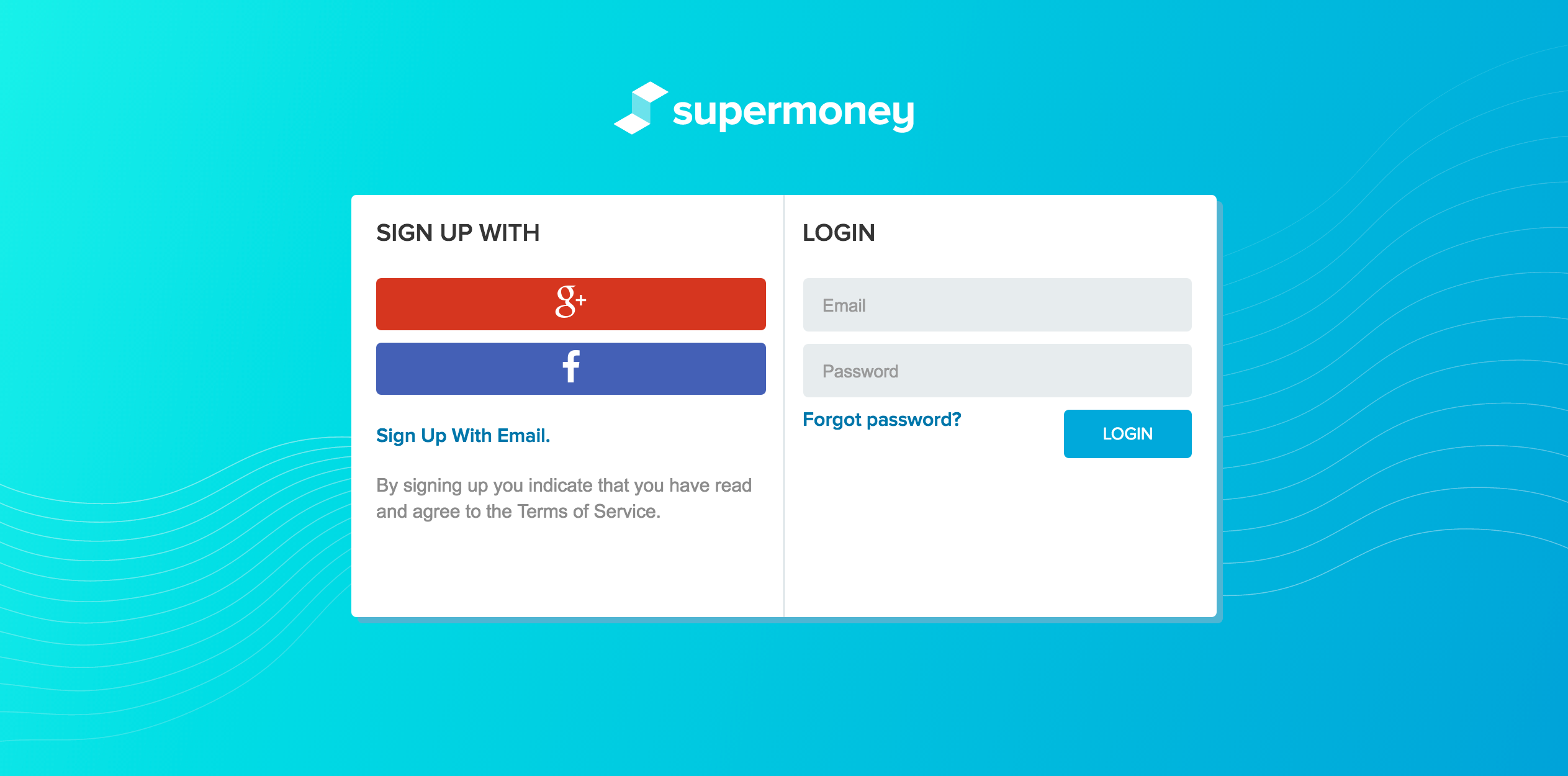
 Presenters
Presenters Harry Langenberg, Managing Partner
Harry Langenberg, Managing Partner